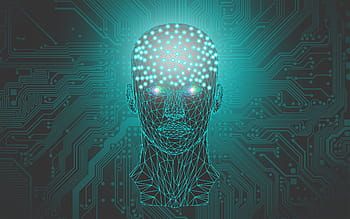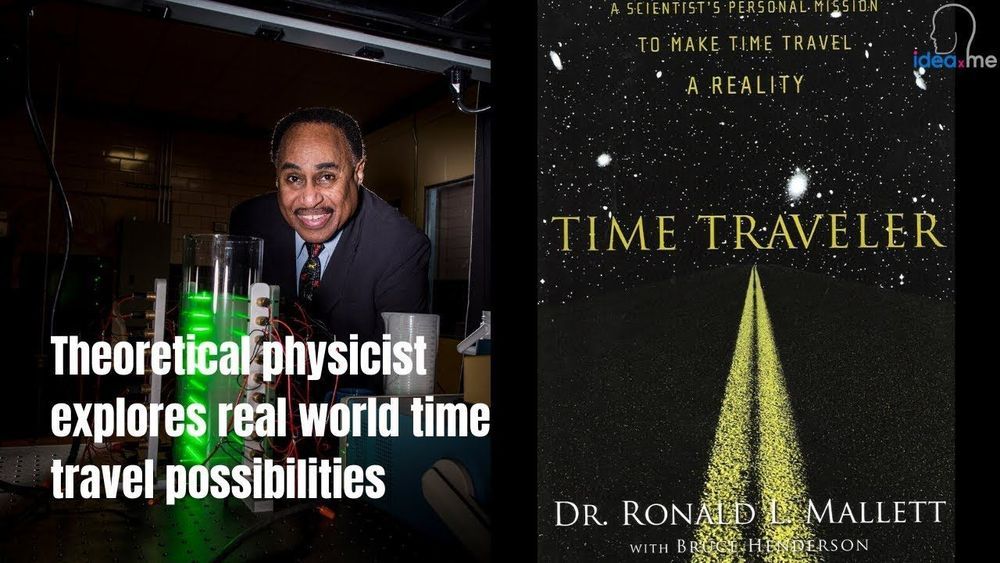Nov 27, 2019
All Eyes on Tonga’s Kingdom of Volcanoes
Posted by Genevieve Klien in category: futurism
An undersea eruption at Lateiki Island in late October 2019 has brought new life to an older island in the Tonga chain.
An undersea eruption at Lateiki Island in late October 2019 has brought new life to an older island in the Tonga chain.
New research results show how sound below the range of human hearing can help scientists predict and track tornadoes.
Predicting tornadoes is crucial for saving lives. Today, meteorologists rely on Doppler radar signatures as well as context clues, combined with reports from eyewitnesses on the ground. The technology has led to a major increase in warning time around tornadoes over recent decades. But the National Weather Service still reports at least a 50 percent false alarm rate for issued tornado warnings as of 2014, and the rate might be even higher. Now, scientists are getting serious about using infrasound—sound with a frequency lower than human ears can hear—as a means to supplement present-day methods for tornado detection.
Supermassive black holes are true monsters of the Universe. From millions to even billions of times the mass of the Sun, there’s one in the very center of every big galaxy in the cosmos, and in fact each galaxy itself formed and grew along with its black hole; they affect each other profoundly. As matter falls onto the black hole it falls into an accretion disk, heats up, and emits huge amounts of energy and can also blow a fierce wind of material back into the galaxy (we call such galaxies with actively feeding supermassive black holes active galaxies). This wind can push away gas and dust that would otherwise fall onto the black hole, regulating its growth.
Under some conditions this wind can also compress the gas in the galaxy, which can increase the number of stars forming in the galaxy. But too much wind and the gas is blown right out of the galaxy. Even at some levels in between, it can heat the gas up enough that star formation is much harder. It’s like a pressure valve in the galaxy.
This is how it usually works, at least. Astronomers have found a compact group of galaxies clustered around an active galaxy, and that central galaxy’s black hole is so powerful it’s blowing a wind that’s causing star formation in the galaxies around it!
[Editor’s Note: Mad Science Laboratory is pleased to excerpt below the Executive Summary from a DoD Biotechnologies for Health and Human Performance Council (BHPC) study group report entitled, Cyborg Soldier 2050: Human/Machine Fusion and the Implications for the Future of the DOD. This report, authored by Peter Emanuel, Scott Walper, Diane DiEuliis, Natalie Klein, James B. Petro, and James Giordano (proclaimed Mad Scientist); and published by the U.S. Army Combat Capabilities Development Command Chemical Biological Center (CCDC CBC), culminates a year-long assessment to forecast and evaluate the military implications of machines that are physically integrated with the human body to augment and enhance human performance over the next 30 years. This report summarizes this assessment and findings; identifies four potential military-use cases for new technologies in this area; and makes seven recommendations on how the U.S. should proceed regarding human/machine enhancement technologies. Enjoy!]

A DoD BHPC study group surveyed a wide range of current and emerging technologies relevant to assisting and augmenting human performance in many domains. The team used this information to develop a series of vignettes as case studies for discussion and analysis including feasibility; military application; and ethical, legal, and social implication (ELSI) considerations.
Following strong results for its flagship CTX001 drug, should you add CRISPR to your portfolio?
By analysing people’s brainwaves, artificial intelligence could work out what videos people were watching and roughly recreate them on a screen.


Ira Pastor, ideaXme exponential health ambassador, interviews Dr. Ronald Mallett, Professor Emeritus, Theoretical Physics, Department of Physics at the University of Connecticut.
Ira Pastor Comments:
Continue reading “Theoretical Physicist Explores Real World Time Travel Possibilities” »

The universe is governed by four fundamental forces: gravity, electromagnetism, and the strong and weak nuclear forces. These forces drive the motion and behavior of everything we see around us. At least that’s what we think. But over the past several years there’s been increasing evidence of a fifth fundamental force. New research hasn’t discovered this fifth force, but it does show that we still don’t fully understand these cosmic forces.
The fundamental forces are a part of the standard model of particle physics. This model describes all the various quantum particles we observe, such as electrons, protons, antimatter, and such. Quarks, neutrinos and the Higgs boson are all part of the model.
Continue reading “A Fifth Fundamental Force Could Really Exist, But We Haven’t Found It Yet” »
